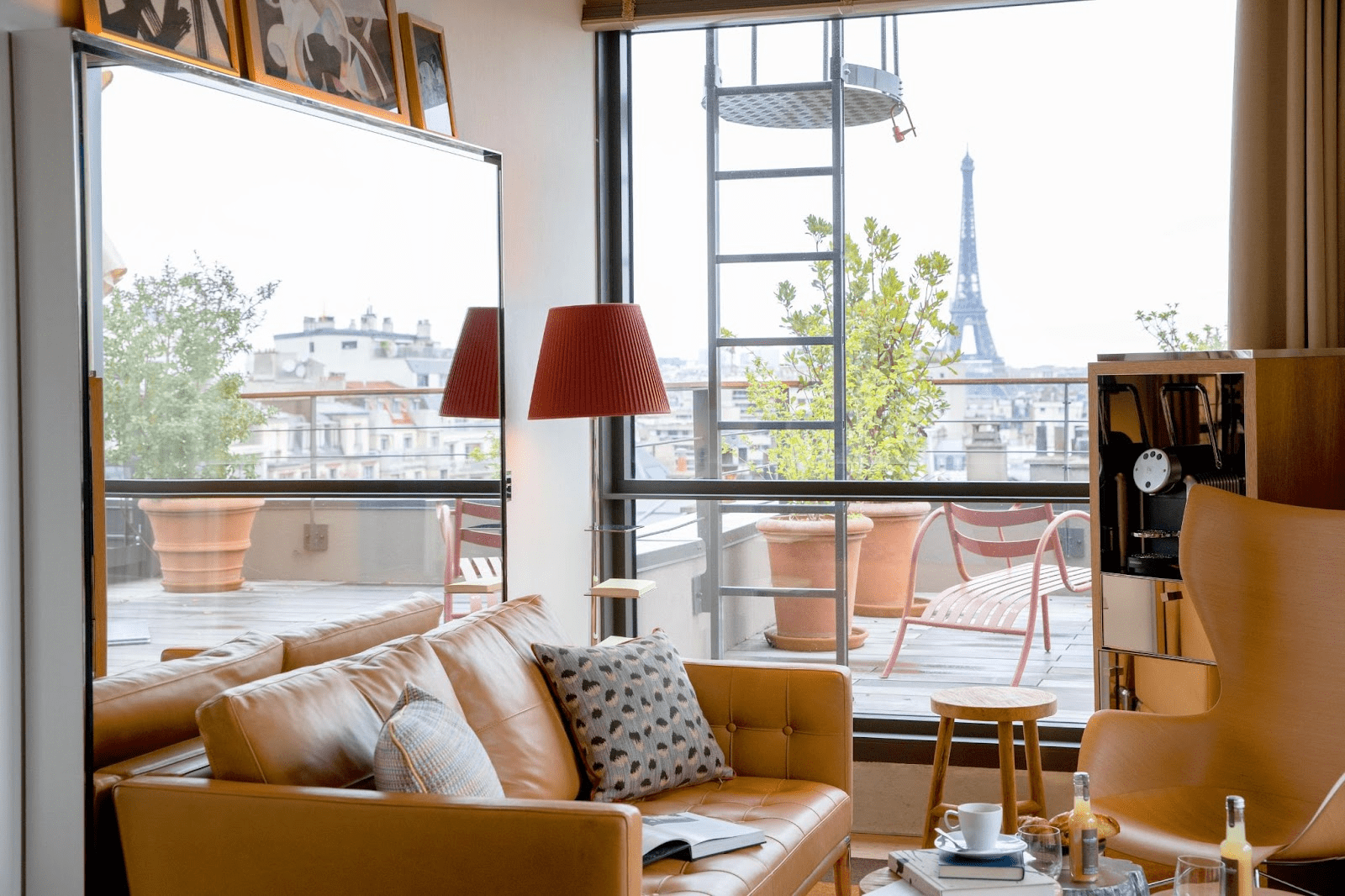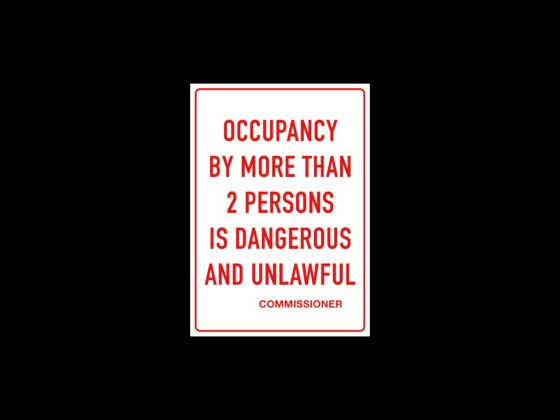What does luxury mean when the world feels less predictable than ever?
It’s a question more and more boutique hoteliers are quietly asking. Not out of fear but out of curiosity. Because if you’ve built a hotel not just as a place to sleep, but as a story to live inside, then you already know the answer won’t come from mimicking the giants. It will come from paying closer attention to detail, to desire, to what lingers long after check-out.
Yes, the market is shifting. Economic headwinds have cast a chill across traditional definitions of “luxury.” But perhaps that’s the gift. It’s clearing the noise, making space for something slower, more soulful, and more intimate to take its place.
This isn’t about surviving the change. It’s about designing what comes next.
When Operational Precision Feels Like Art
Some hotels are remembered for their views. Others for their beds. But the truly unforgettable ones? They’re remembered for how they made you feel, often before you set your bag down.
That sensation doesn’t happen by accident. It’s the result of carefully choreographed details of teams who operate with the ease of a jazz quartet, fluid, intuitive, and always in sync. Behind the scenes, it’s strategy. On the surface, it’s poetry.
The best boutique properties understand this alchemy. Think of Villa M Hotel in Paris or Hotel Il Plazzo, Experimental in Venice. Their elegance isn’t performative. It’s structural. Their operations don’t detract from the guest experience; they enable it. They give form to feeling.

The real lesson is this: operational excellence is not something to hide in the back office. It’s what allows the front-of-house to breathe.
Personalisation Isn’t a Feature. It’s a Feeling.
True luxury doesn’t announce itself. It whispers your name.
There’s a quiet revolution happening in guest experience, and it doesn’t involve grand gestures. It’s in remembering how someone takes their tea, or knowing they always request a north-facing room. It’s when technology becomes so seamless it disappears, leaving only the impression of being deeply seen.
Boutique hotels are uniquely poised for this kind of intimacy. You’re close enough to notice. Agile enough to adapt. And with the right tools, yes, including discreet AI, you can deepen that emotional resonance without ever sounding scripted.
The Peninsula’s approach comes to mind. Their systems remember your preferences, not for the sake of efficiency, but to craft an experience that feels effortless. Which is, in the end, what every guest wants: to be known, not just served.
Between Past and Possible: A Beautiful Tension
There’s something magnetic about a place that carries the weight of history yet feels entirely of the moment.
Luxury travellers today crave that paradox. They want heritage but not dust, innovation but not coldness. Boutique hotels, especially those rooted in historic architecture or family legacy, are in a rare position to offer both.
Think of Villa d’Este on Lake Como. It doesn’t just preserve history, it lives in dialogue with it. The past is honoured not by freezing it in amber, but by allowing it to evolve.
This balance doesn’t require compromise. It invites creativity. Technology becomes a hidden layer. Design becomes a translation tool. Guests aren’t choosing between tradition and progress. They’re experiencing both at once.
Digital, Yes, But Never Disembodied
Let’s be honest: the word “digital” rarely evokes luxury. But maybe it should.
When done right, digital touchpoints don’t replace hospitality; they extend it. They whisper the brand story before a guest arrives and continue it long after they leave.
That journey often begins with your website. Not just a functional page, but a mood-setter—a reflection of your hotel’s essence. The tone of the copy, the pace of the scroll, the clarity of the booking path; these are not technicalities. They’re emotional cues.
From the ease of securing a reservation to the subtle elegance of a digital room service menu, every interaction should feel as thoughtfully designed as your lobby. Guests might never notice how seamless it was, but that’s precisely the point.
True digital luxury isn’t about adding features. It’s about removing friction. It’s the confidence that everything, your booking engine, your emails, your menus, speaks the same quiet, crafted language.
At Influence Society, we think of this not as a tech stack, but as a design system. One where form, function, and feeling are completely aligned. Because when every digital moment feels considered, the guest feels considered, too.
The Irreplaceable Texture of Human Connection
You can’t code charisma. Or warmth. Or that uncanny ability some staff have to make you feel at home, instantly.
No matter how advanced our tools become, the essence of hospitality remains beautifully human. It lives in a warm greeting, in someone remembering your name, not because it’s on a screen, but because they genuinely remember. It’s found in the easy familiarity of returning to a place that never forgot you.
The Ritz-Carlton famously empowers its staff to delight without delay. And in that empowerment, they become artists in their own right. Boutique hotels can (and should) do the same.
In a world of automation, the hand-written note becomes the luxury.
Culture Isn’t an Add-On. It’s the Point.
The best boutique hotels feel like they belong to a community, even if they’re brand new.
Younger travellers especially aren’t seeking perfection. They’re seeking soul. They want hotels that introduce them to something: an artist-in-residence, a foraging workshop, an underground jazz night in the bar downstairs.
These moments don’t just build loyalty. They build belonging.
So, host that candlelit poetry reading. Collaborate with the ceramicist down the street. Let your property breathe with a local rhythm. Your guests will remember more than the view, they’ll remember who they became while they were with you.
Your Story Is the Strategy
Every hotel tells a story, whether it means to or not.
The question is: are you shaping that story or letting it shape itself?
The boutique hotels that capture our attention are the ones that speak in a voice we can’t forget. For instance, the La Bastide de Mariedoesn’t just tell its story, it invites guests to live inside it.

This kind of storytelling isn’t confined to your website copy. It’s in the turn-down playlist. The scent in the lobby. The books on the nightstand.
The more layered your story, the deeper the resonance. Guests don’t just want a place to stay. They want a place to belong.
Spaces That Speak Without Saying a Word
There’s a kind of luxury that doesn’t need to be explained. You walk into a space, and your shoulders drop. The architecture does the talking. The silence holds the story.
Hermès has mastered this in retail, but it’s equally relevant in hospitality: the way a chair hugs your back, the weight of a ceramic cup, and the breeze through the open shutters.
This, perhaps, is the final reminder: design is not decoration. It’s memory, embodied.

Final Thoughts: From Tactic to Tapestry
Boutique hotels aren’t just navigating a new era. They’re shaping it.
Not by following roadmaps but by weaving something richer, a tapestry of emotion, detail, restraint, generosity, and surprise.
It’s an invitation to see hospitality not as a business model but as a creative act, to lead not with volume but with vision, and to remember that sometimes, the smallest gesture says the most. A digital interaction that goes un-noticed because it blends in so well.
Takeaways
- The most memorable stays aren’t the loudest. They’re the most layered.
- Luxury isn’t just what you offer. It’s how deeply you see your guest.
- Innovation should feel seamless, not showy. Digital design should disappear.
- Purpose is no longer optional, it’s part of your promise.
- Your story is your strategy. Own it, tell it, live it.








